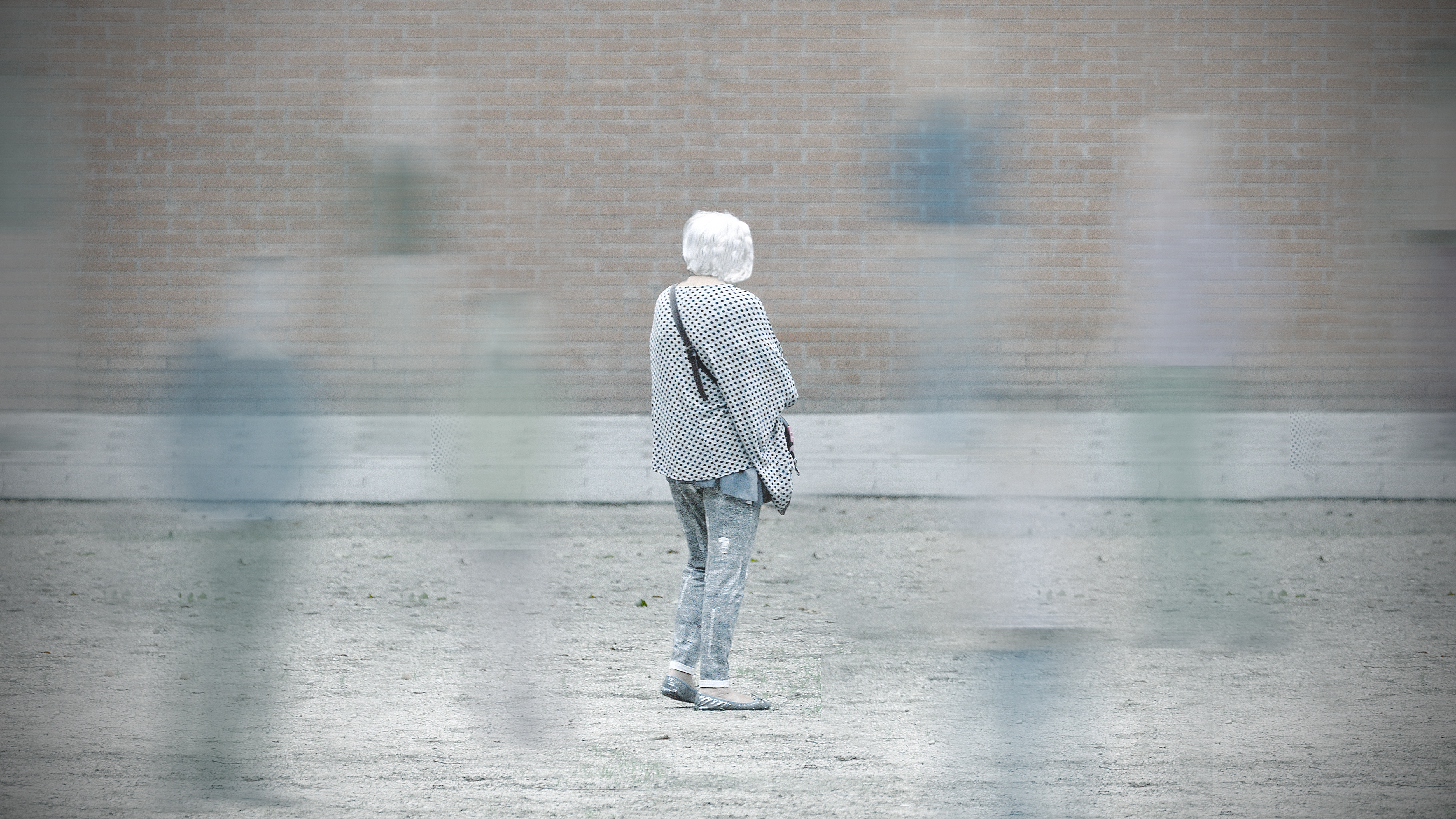Prof Michael Hornberger sheds light on the link between spatial disorientation and dementia, highlighting the significance and impact of this in the real world. Michael is Professor of Applied Dementia Research at Norwich Medical School, UK. This article was first published in the July/August 2023 Navigation News.
Getting lost in an unfamiliar environment is a common occurrence for the vast majority of people. For example, we can easily get lost and have difficulty finding our bearings when on holiday in a new town. This can be amusing, in particular when we pass the same place for the third time, but it can be also quite unsettling and distressing when we get completely lost. Such ‘getting lost’ scenarios are very common for people with dementia, who often have difficulties finding their bearings even in highly familiar locations. It might come as a surprise to many people that such spatial disorientation is a key symptom in dementia, since we would assume that memory problems are the key early symptom. Spatial disorientation is actually as common as memory problems, but is under-recognised since it is often not noticed by family members, and is rarely inquired about as a symptom by clinicians and healthcare professionals. To better understand why spatial disorientation occurs in dementia, we need to understand how the brain is affected by the dementia disease processes.

Dementia is an umbrella term for different dementias, with Alzheimer’s disease accounting for 60-70% of cases with dementia. It is thought that Alzheimer’s disease is caused by the build-up of two proteins (amyloid and tau) in the brain. The exact reason why these proteins accumulate and cause the disease is not yet fully established. However, once the two proteins accumulate, they start becoming toxic to the nerve cells and subsequently nerve cells start dying. It is this dying of nerve cells which causes the symptoms in Alzheimer’s disease, since the brain cannot conduct its functions properly anymore once the nerve cells are gone.
For dementia diagnosis, spatial orientation changes can potentially complement the reported memory problems, which helps to confirm the diagnosis. This is particularly useful, since many people report changes to their memory as they age, while healthy people would rarely report having problems with orientation.
Read the full article here
Learn more about the symptoms and warning signs of dementia on the Alzheimer Research UK website
Author
Prof Michael Hornberger
Professor of Applied Dementia Research, Norwich Medical School
Michael's book ‘Tangled Up – The science and history of Alzheimer’s disease’ is available here.

RIN Cog Nav Special Interest Group
https://cognavrin.org.uk/




